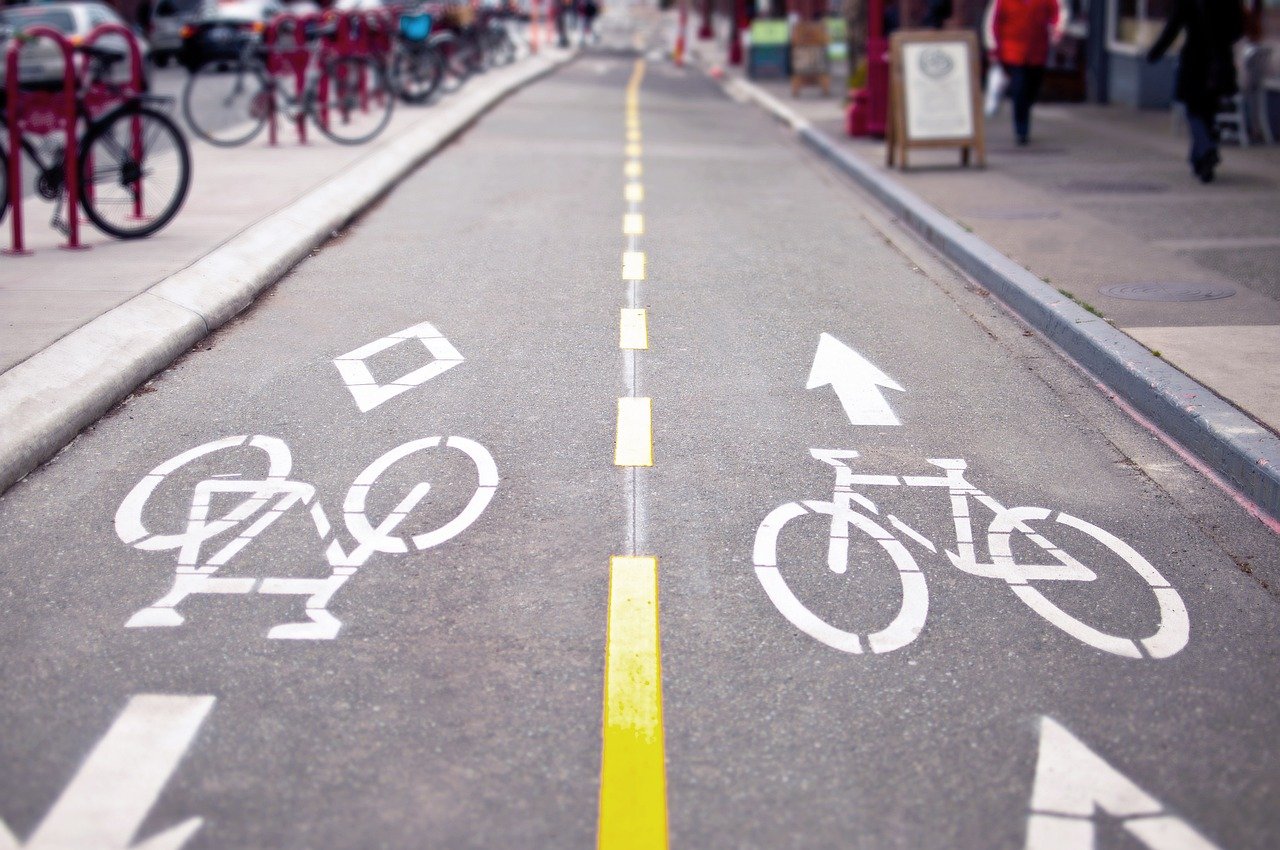
Once famed for traffic congestion and potholes, Montréal is now gaining international attention for something else: bike highways. As the city unveils an ambitious expansion of its “Réseau Express Vélo” (REV), many are asking whether this cycling infrastructure can truly challenge the car as the king of Canadian urban mobility.
Launched in 2020, the REV network aimed to create high-capacity, protected cycling corridors that connect key neighbourhoods. Unlike traditional bike lanes, REV routes are physically separated, snow-cleared in winter, and designed for high-speed, high-volume use.
“This isn’t just paint on pavement. These are expressways for people on bikes.”
By mid-2025, the city plans to expand the REV to over 184 km of protected routes, linking downtown Montréal to its farthest boroughs. The goal is not just accessibility, but transformation.
What once was a niche or seasonal activity is fast becoming part of daily life. According to Vélo Québec’s 2024 mobility report, one in four downtown workers now commute by bike at least three times per week—a sharp rise from just 9% in 2018.
Several factors fuel this shift: environmental awareness, rising fuel prices, health concerns, and a generational tilt toward sustainable living. But it’s infrastructure—not ideology—that truly cements change.
One of the top questions in any Canadian cycling conversation is: what about the snow?
Montréal’s response has been bold. REV routes receive priority snow clearance, often before car lanes. Heated intersections and better lighting ensure visibility and grip—even on icy mornings.
This winter-friendly commitment has resulted in a 38% year-over-year increase in winter bike commuting since 2022.
Still, not everyone is celebrating. Some motorists argue that bike infrastructure has reduced available road space, slowed vehicle traffic, and complicated deliveries and parking.
“I’m all for cyclists, but don’t turn Sherbrooke into a bike park. We still need to drive.”
City officials point to data showing that vehicle travel times have not significantly increased on most redesigned corridors—and that bike commuters actually relieve pressure on roads and public transit.
Cycling isn’t just environmental—it’s economical. Studies show that cyclists are more likely to stop and shop locally, boosting small businesses along bike routes. In 2023, local retail near REV corridors saw a 12% bump in foot traffic.
Montréal is not alone in its pedal-powered ambitions. Cities like Edmonton, Vancouver, and Halifax are also investing heavily in protected bike lanes. But Montréal remains the leader—both in scale and commitment.
Federal funding for active transit, introduced in 2022, has helped accelerate local projects. Yet national cycling infrastructure still varies widely, with rural areas and smaller cities lagging behind.
Interestingly, British cities like London and Manchester have launched their own bike superhighway networks, facing many of the same cultural and logistical challenges. In both countries, cycling is increasingly seen not just as transportation—but as transformation.
“When cities build for bikes, people ride. It’s that simple.”
By 2030, Montréal plans to become North America’s most bikeable city. Whether that goal is realistic remains to be seen—but REV has already changed the way people move, connect, and think about urban space.
As climate urgency increases and cities rethink fossil-fuel dependence, Montréal’s bike highways may not just be a local solution—but a national blueprint.
In a city once known for potholes and parking tickets, cycling may just be the smoothest ride into the future.